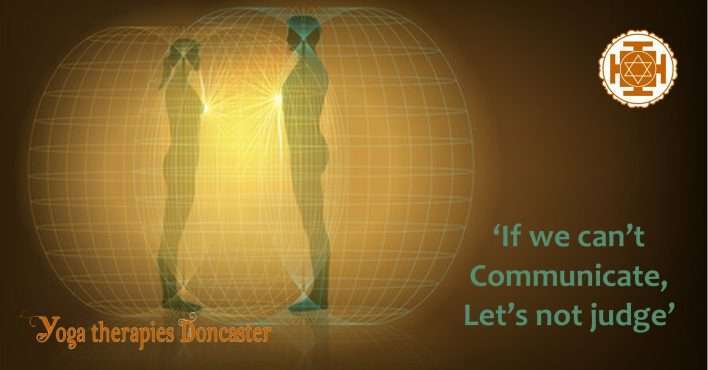Ocean of Oneness
We live in an ocean of oneness, surrounded by tranquillity, yet dissatisfaction and confusion grows. Slaves to the externalised world, of sugar-coated trappings, we are rarely satiated. And so, the search for happiness continues…
Sex, legal highs and rock and roll become outlets for our frustration. But such pastimes rarely serve our innate search for peace. Tantra is often misunderstood and can become a similar lure – albeit a conscious step forward. Its approach to sexuality can indeed develop spiritual growth, but it does not mean that sex is the focus – but at least you can have fun trying. A recent encounter with a Buddhist Monk, and the principals of Buddhist Tantra, shed true light on this delicate subject.
Fast Track to Oneness
We want answers to our problems and we want them now! Whether it’s an esoteric practice, online research or from books, we are led to believe there is a fast track to peace and unity. Yet, in this world of technological soup, not a single answer can be found.
In keeping with the fundamental qualities of the Buddha, tantra is a practice of compassion. Tantric yoga provides a path for our inner chemistry to harmonise with the outer world. We become aligned with our truth and are not afraid to live it. However, in relationships, truth is often clouded from the start. Why? Because until we communicate our own truth we cannot align with another’s. Often, under the surface, relationships are based on self gain and manipulation. Tantra teaches us to go beyond the epidermis of truth which can be a big ask for many.
What is Tantra?

Tantra means expansion. It is through expanding we learn to connect with something greater than our individual self. Because modern society lives in the realm of desire, the sex organs of the lower chakras (Swadisthana) dominate our activities and most intimate relationships. Here, external trappings such as artificially improving one’s appearance and power struggles remain the focus. Often, internalised qualities such compassion and equanimity, found in the heart chakra (Anaharta), are relatively dormant. To expand awarness from one into the other is key.
This does not mean that through general love making we cannot experience fleeting moments of love and compassion, but rarely do they become our worldly view. The problem with seeing sex as a fast track to oneness is the deep-seated Kamas (reactions) that sex often unearths. Where yoga provides gradual steps for self-mastery, tantra shakes the very foundations on which we are built. We begin to embrace the joy and turbulence of each life experience and realign ourselves accordingly. This is tough work for those stuck in the lower chakras. When conflict in relationship is met, the tendency can be to run for the hills and find a new partner – only to repeat the same scenario all over again.
Contrary to this ‘repeat prescription’, a more tantric approach is to work on trust and develop a give rather than gain attitude. This provides a safe canvas on which couples can expand their compassion outwards whilst becoming stronger individuals. Trust, none attachment, sympathetic joy and equanimity now become qualities that override jealousy, anger, and control which underpin many conventional relationships.
Always Here Always Now
Compassion is paramount to our evolution and is built into our DNA. But we often find enjoyment through activities rather than moments of quiet contemplation. Perhaps this is because keeping busy diverts deeper emotions from surfacing. But, hyperactive living often lacks self-compassion which is a prerequisite for the compassion we have for others. Buddhist Tantra suggests that peace is the backdrop of everything we experience. To access this, we must first come to know our distractions.
To help do this, we can see everything in life as a manifestation of divine love. It is here we become satiated by the life experience and detach from any emotional gratification or discomfort it brings.
In Summary
Conscious relationships are our greatest work but come not without challenge, because to communicate authentically and live wholeheartedly means to challenge our concept of self.
Observational awareness of self and others, shows us that every experience appears on an unwavering backdrop of love. Connecting into this backdrop reveals the true meaning of life.


Recent Comments